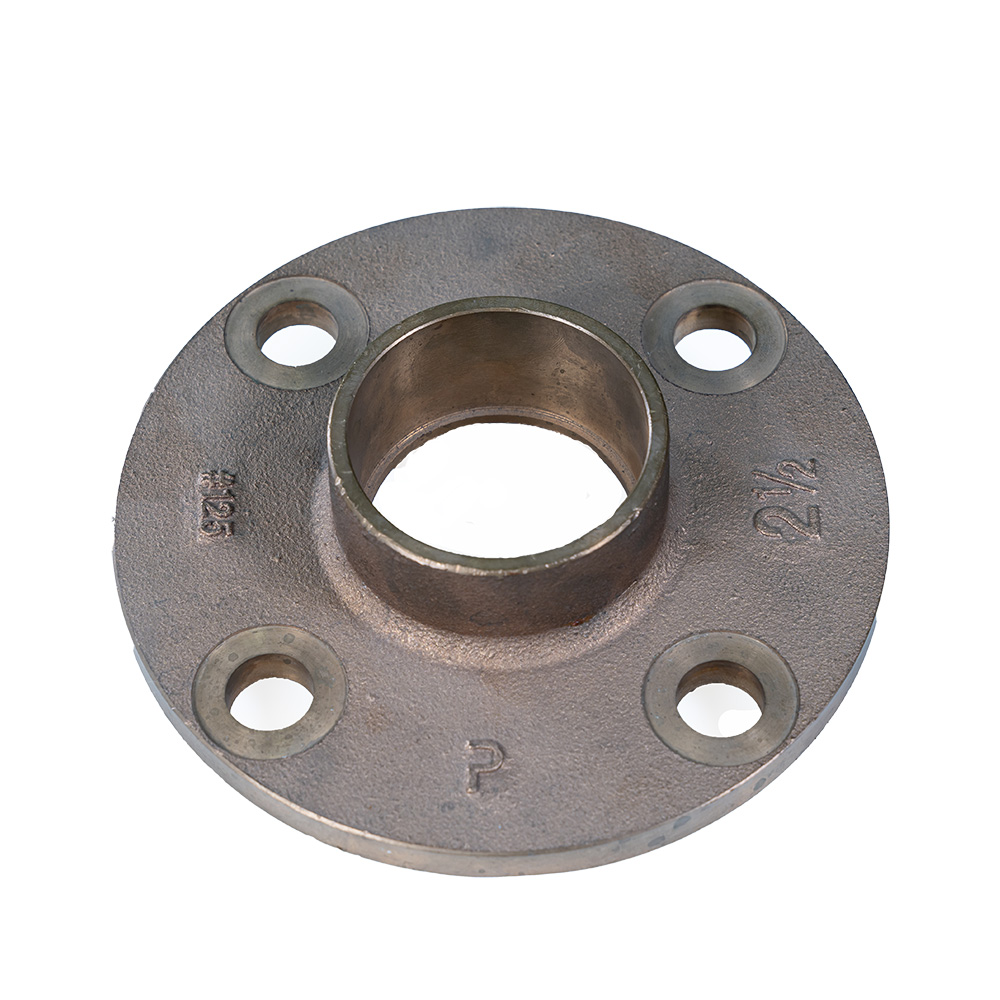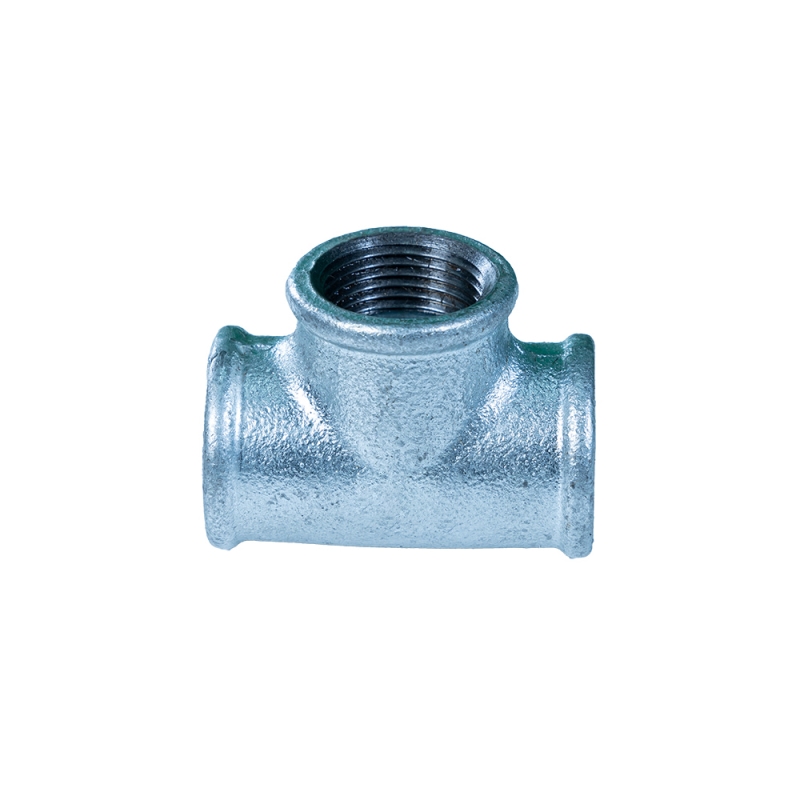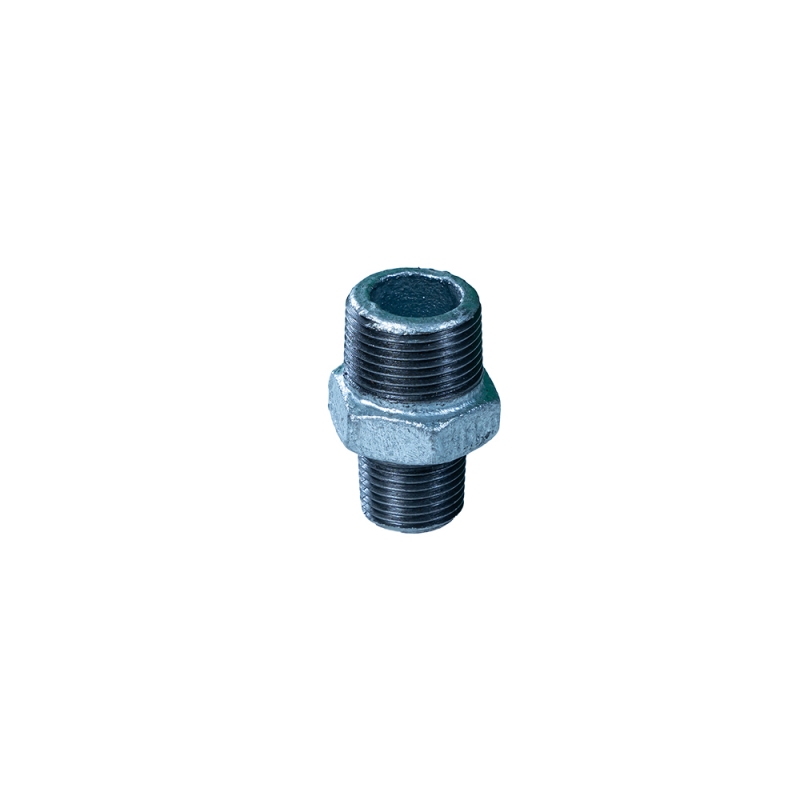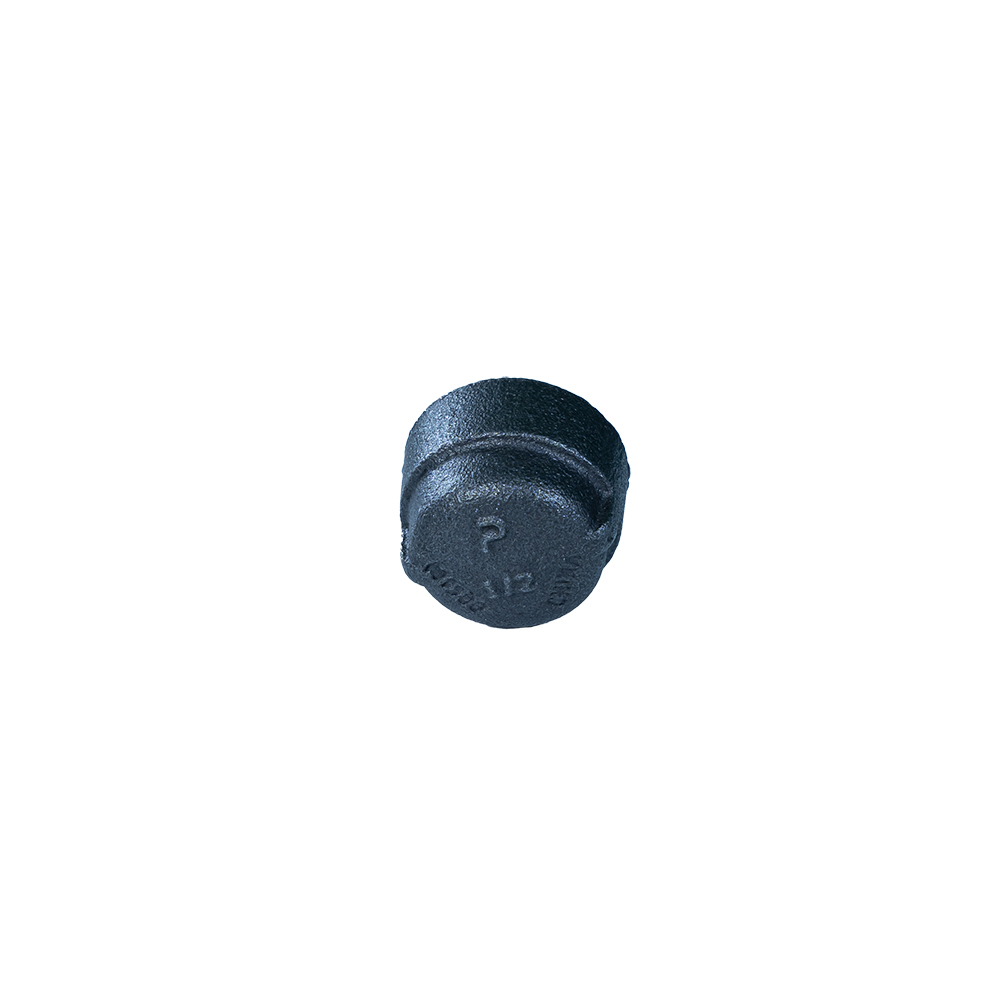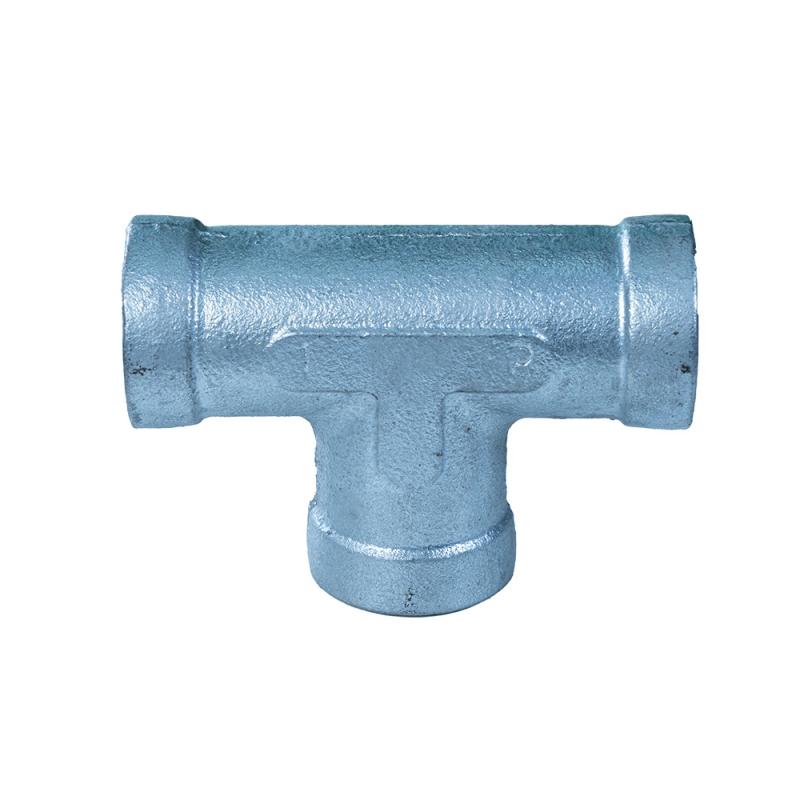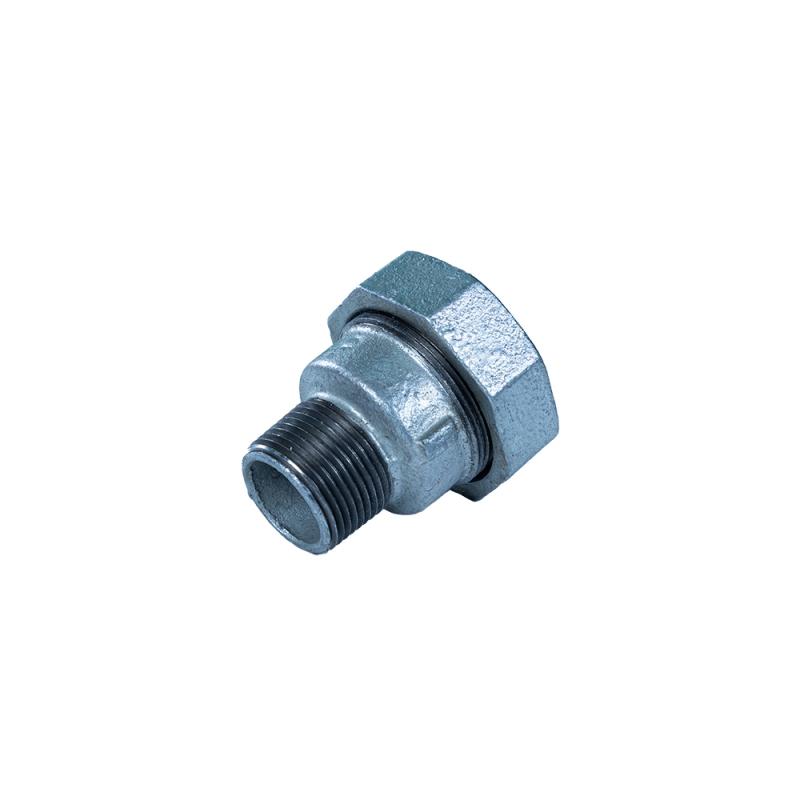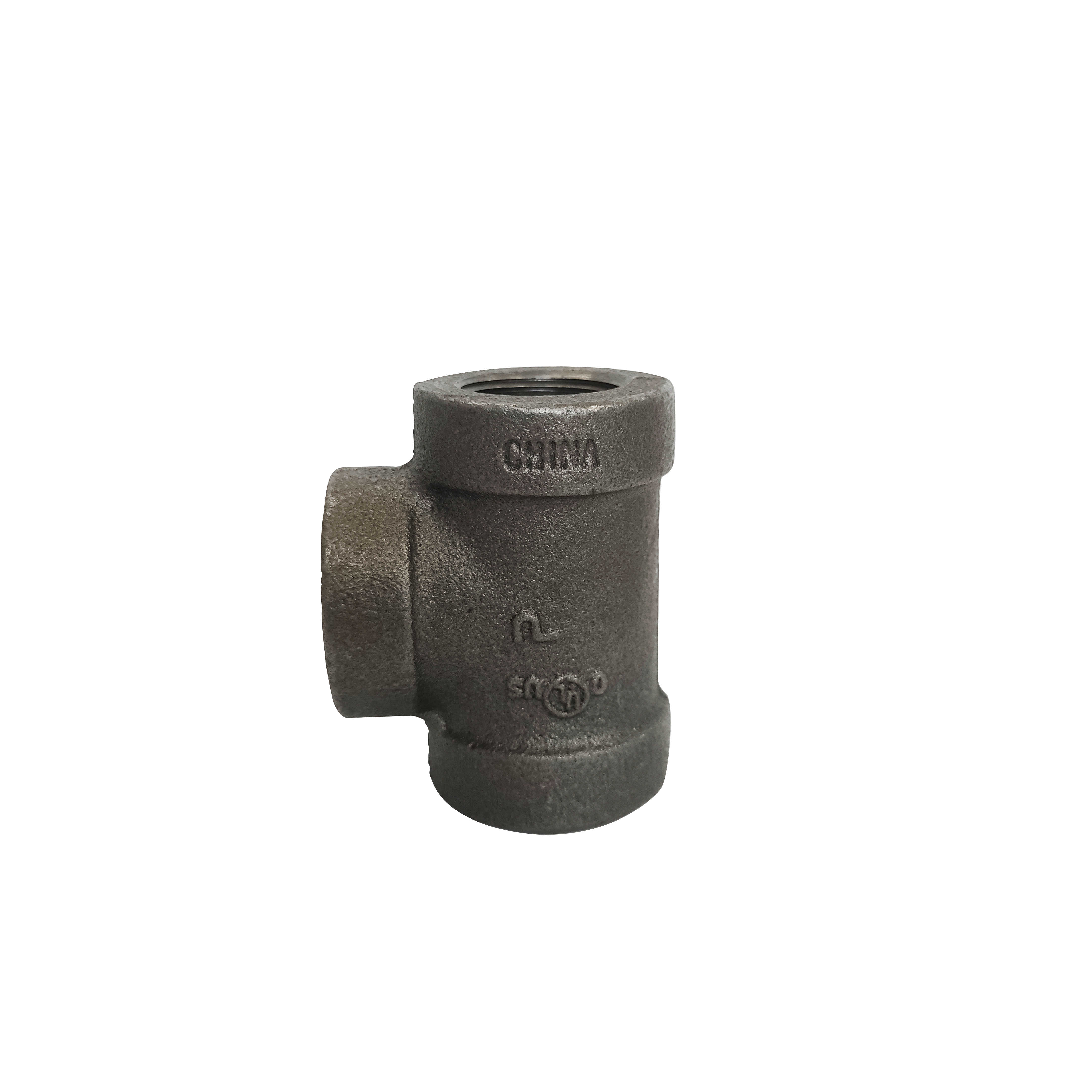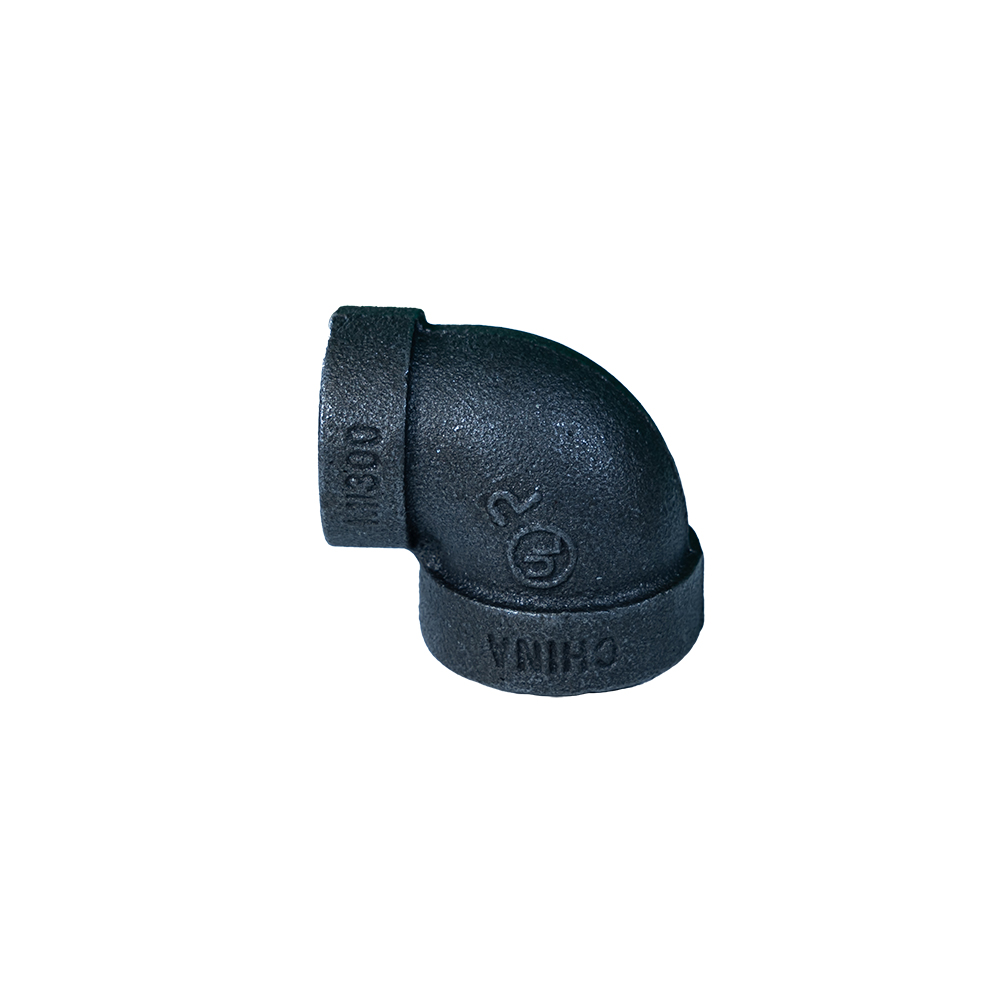Navigating the complex world of gas line pipe fittings requires a blend of expertise, real-world experience, and a thorough understanding of the nuances involved in ensuring safety and efficiency. These components, essential for the proper functioning of both residential and commercial gas systems, demand a careful selection and installation process.
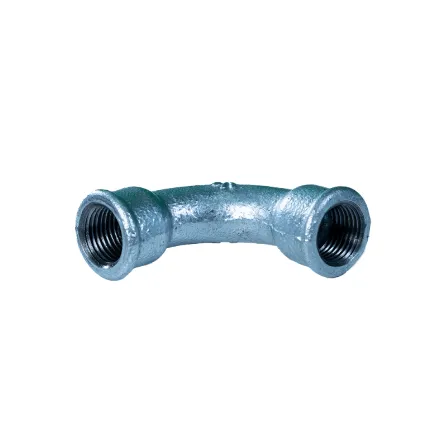
Understanding gas line pipe fittings begins with recognizing the materials typically used in their construction. Commonly, these fittings are crafted from durable materials such as steel, copper, and brass, each offering distinct advantages. Steel fittings, known for their robustness and high-pressure resistance, are a popular choice for industrial applications. Copper fittings, on the other hand, are valued for their corrosion resistance and are often found in residential settings. Brass fittings offer an excellent balance between strength and resistance to adverse weather conditions, making them suitable for a variety of environments.
The various types of gas line pipe fittings each serve specific purposes within a system. Compression fittings, for instance, are designed for connecting pipes without the need for welding, making them ideal for systems that may require regular maintenance or modifications. Flared fittings provide a secure, leak-resistant connection, crucial in high-pressure situations. Tee and elbow fittings offer directional changes in the piping system, while couplings and unions facilitate the joining of two segments of piping.
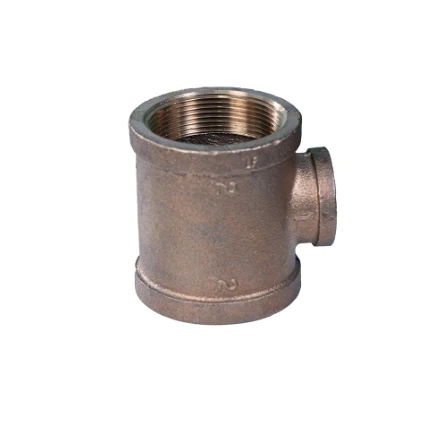
Installation is a critical phase in the utilization of gas line pipe fittings. Proper installation minimizes the risk of leaks and potential hazards.
Skilled technicians often emphasize the importance of using the correct tools and techniques when working with these fittings. For compression fittings, it’s crucial to tighten the nuts appropriately to ensure a secure seal, whereas flared fittings require precise flaring of the pipe to ensure a tight connection that can withstand pressure changes.
The expertise required in gas line pipe fittings installation extends beyond mechanics to include an understanding of relevant codes and standards. For example, the American National Standards Institute (ANSI) and the American Society of Mechanical Engineers (ASME) provide guidelines that dictate the specific requirements for pipe fitting installations in various contexts. Compliance with these standards ensures not only the safety and reliability of the gas systems but also legal adherence, which can protect homeowners and businesses from potential liabilities.
gas line pipe fittings
Real-world experience highlights that the choice of fittings can significantly impact the efficiency and lifespan of a gas system. In colder climates, for instance, where pipes are subject to freezing temperatures, selecting fittings that can accommodate thermal expansion is crucial. On the contrary, in hotter climates, fittings must withstand high temperatures without compromising structural integrity.
An authoritative perspective on gas line pipe fittings also considers the innovations within this field. Recent advancements have seen the introduction of smart fittings that integrate sensors to monitor for leaks or pressure changes. These innovations not only enhance safety but also allow for proactive maintenance, reducing the risk of costly repairs and ensuring uninterrupted service.
Trustworthiness in this sector is built upon a foundation of quality and reliability. When selecting manufacturers or suppliers of gas line pipe fittings, it is essential to prioritize those with a proven track record of excellence. Brands that invest in rigorous testing and adhere to international quality standards ensure that their products offer the highest levels of safety and performance.
In conclusion, gas line pipe fittings are an intricate component of gas systems, requiring a blend of expert knowledge and practical experience for effective selection and installation. By understanding the materials, installation practices, and industry standards, stakeholders can ensure safe, efficient, and durable gas systems. The integration of advanced technologies further underscores the evolution of this field, promising enhanced safety and functionality for users across various sectors.
Post time:
జన-24-2025




